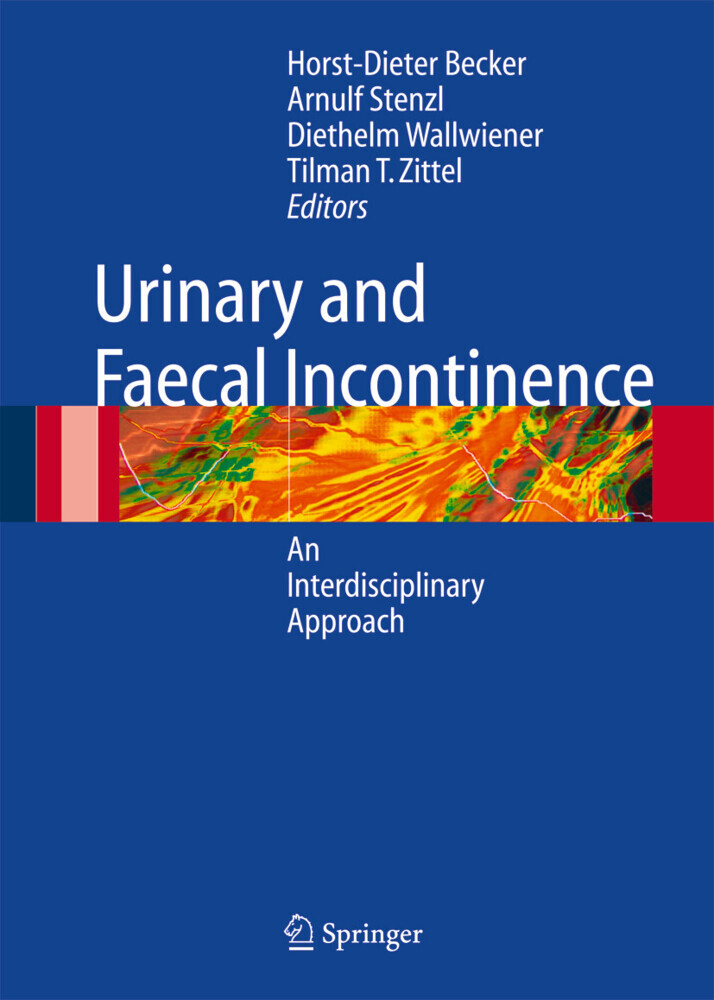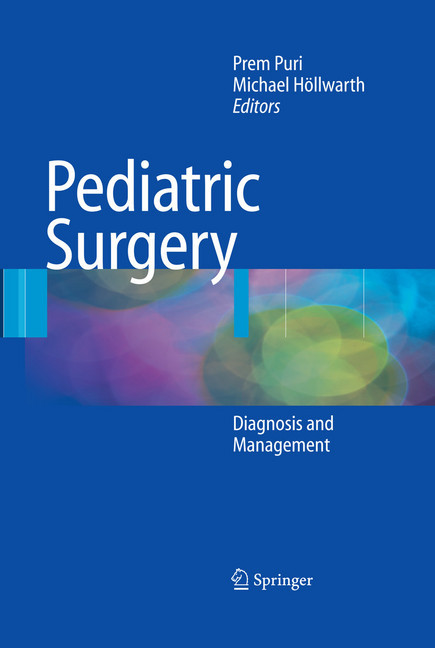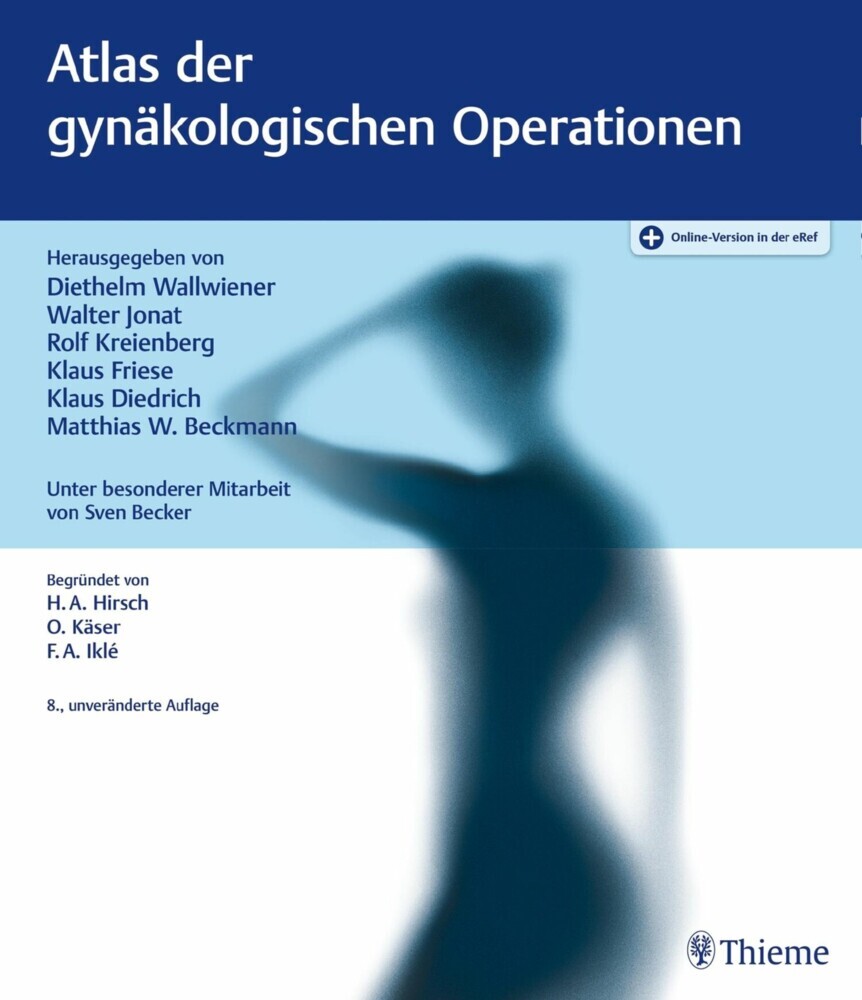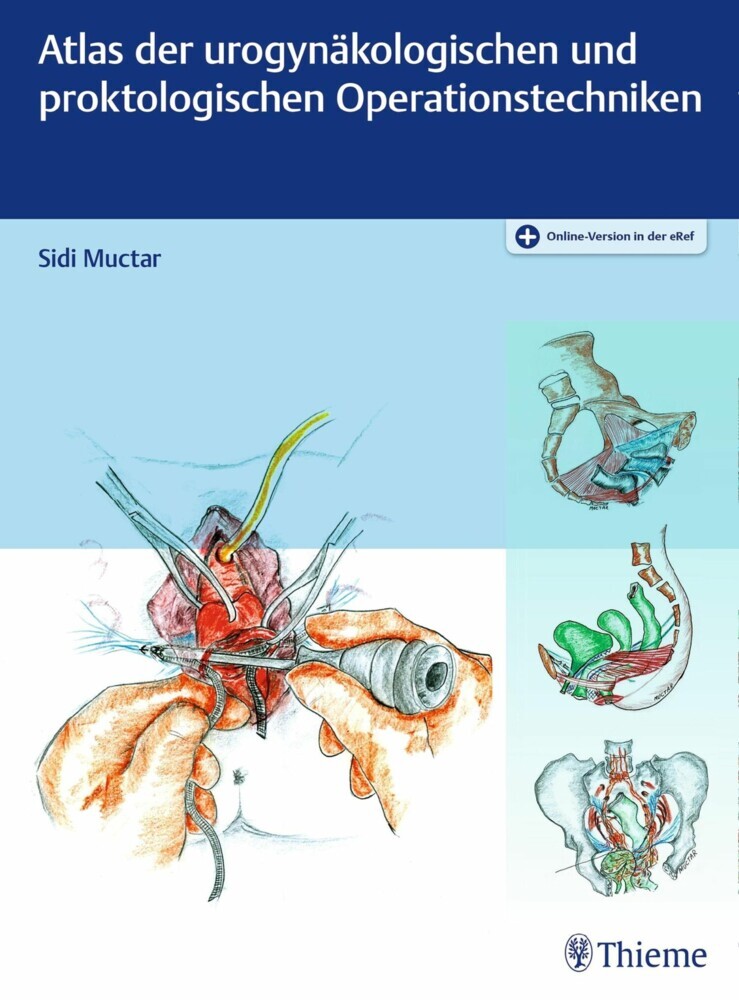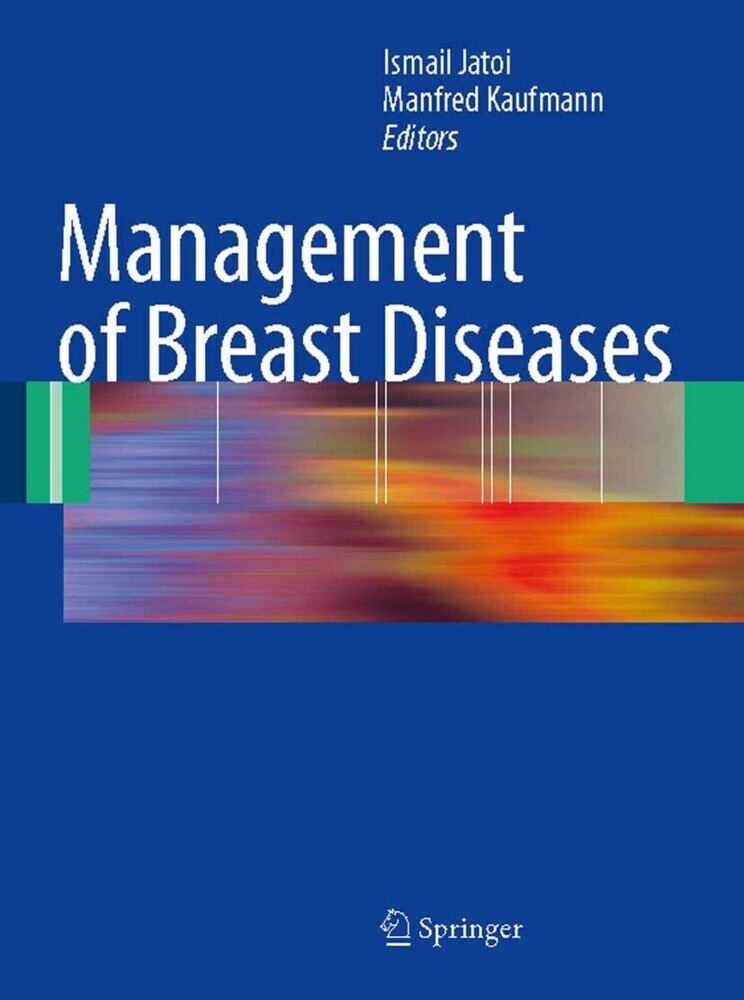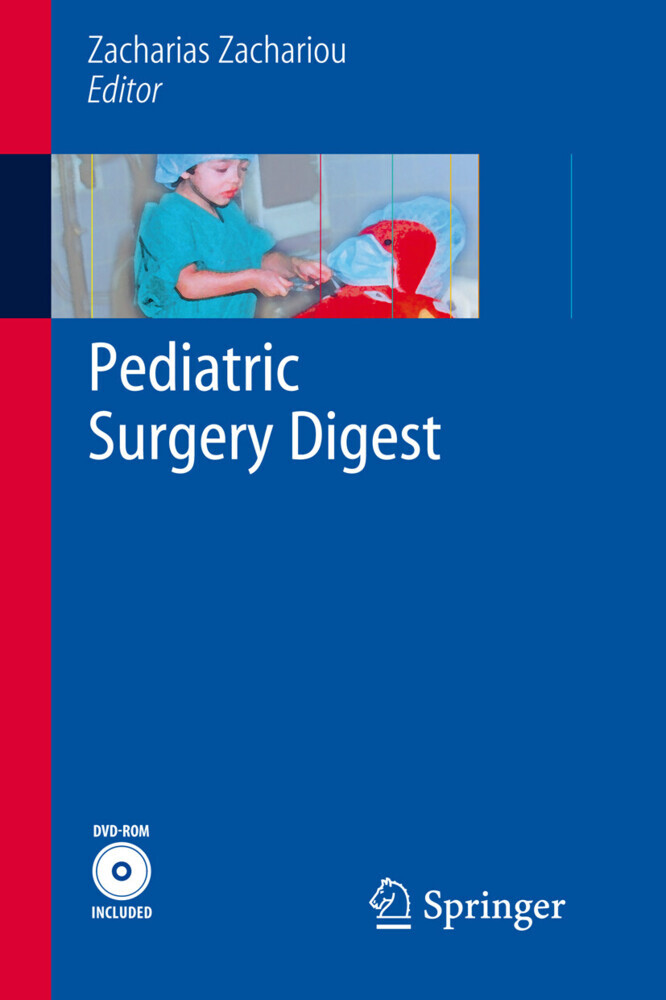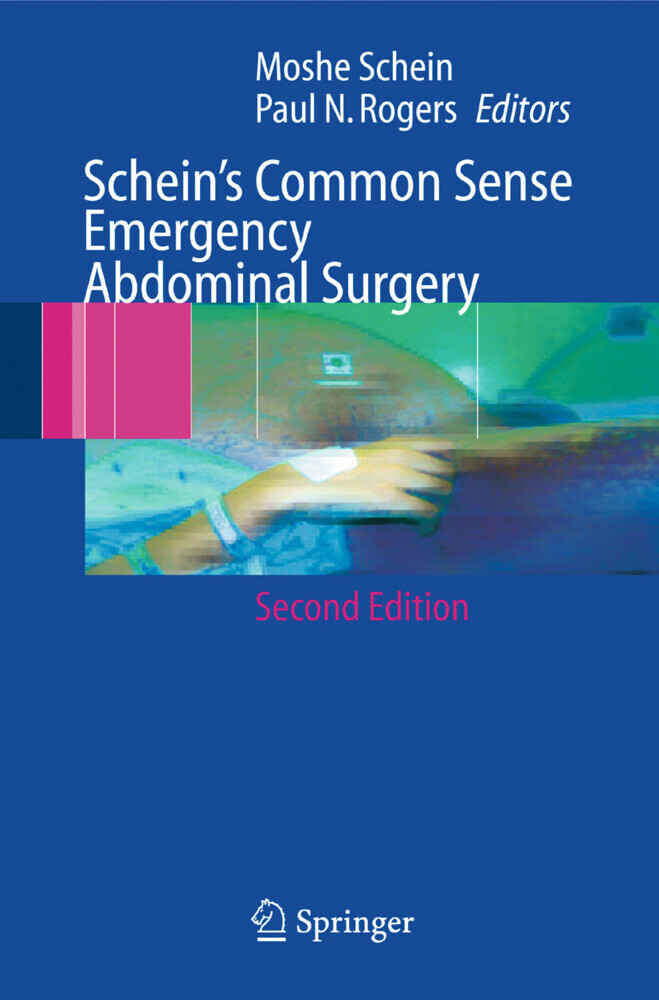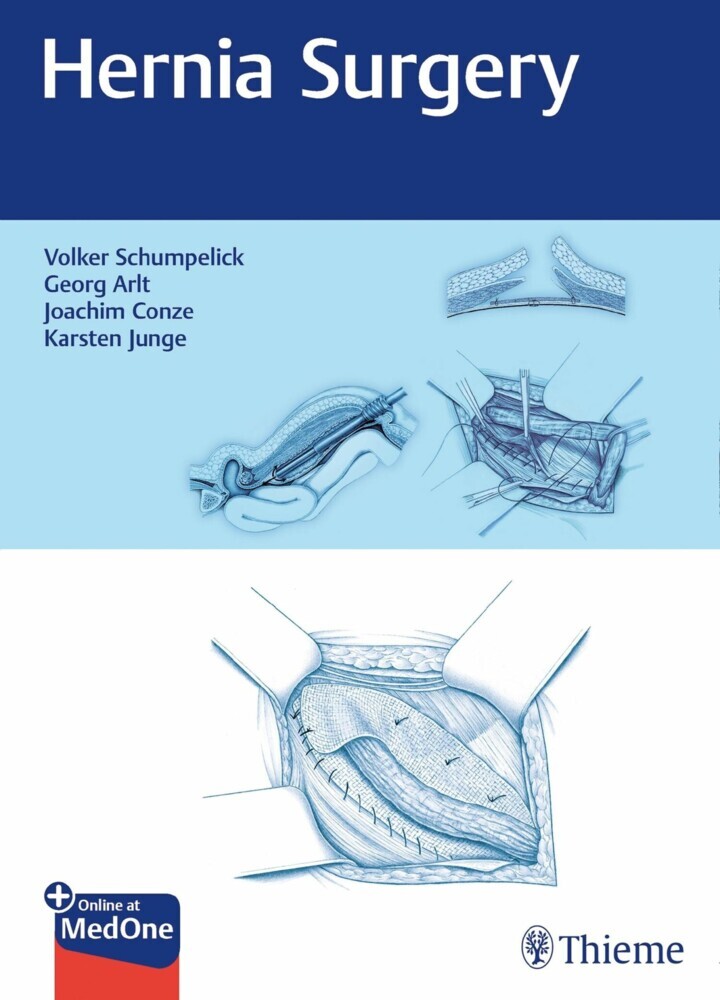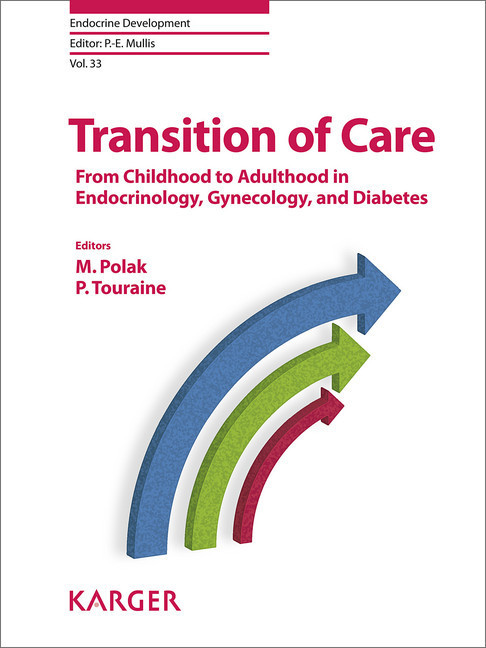Urinary and Fecal Incontinence
An Interdisciplinary Approach
The book surveys the prevalence, the pathophysiology, the diagnosis, the current therapy, both conservative and operative, and the long-term outcome of treatment of urinary and fecal incontinence. It is targeted at general and colorectal surgeons, urologists, gynecologists and gastroenterologists who treat incontinent patients, and also gives general practitioners and geriatric physicians an overview of the diagnostic methods and treatment options that can be offered to incontinent patients. TOC:From the contents: Epidemiology and health costs of incontinence.- Pelvic anatomy, physiology and etiology of incontinence.- Diagnostic Tools to detect incontinence.- Conservative therapy of incontinence.- Operative therapy of urinary incontinence.- Operative therapy of faecal incontinence.-Postoperative care of patients after pelvic operations.- Quality of Life and Long Term Results after incontinence treatment.- How can we improve the treatment of incontinence?
1;Contents;62;List of Contributors;103;Part I Epidemiologic and Health Costs of Incontinence;163.1;Chapter 1 Epidemiology of Urinary Incontinence;183.1.1;1.1 Definitions;193.1.2;1.2 Epidemiology of Nocturnal Enuresis;193.1.3;1.3 Epidemiology of Urinary Incontinence in Women;203.1.4;1.4 Epidemiology of Urinary Incontinence in Men;243.1.5;References;253.2;Chapter 2 Epidemiology of Faecal Incontinence: A Review of Population-Based Studies;283.2.1;2.1 Introduction;293.2.2;2.2 Prevalence;303.2.3;2.3 Associated Factors;353.2.4;2.4 Conclusions;363.2.5;References;373.3;Chapter 3 Economic Costs of Urinary Incontinence in Germany;403.3.1;3.1 Prevalence and Social Importance;413.3.2;3.2 From a Medical to an Economic Approach;423.3.3;3.3 Direct Costs;423.3.4;3.4 Indirect Costs;433.3.5;3.5 Economic Impact in Germany;443.3.6;3.6 From Treating to Healing;453.3.7;References;463.4;Chapter 4 Perception of Incontinence in and by Society;483.4.1;4.1 Background;493.4.2;4.2 Incontinence Citations in PubMed;493.4.3;4.3 Available Therapeutic Tools;503.4.4;4.4 Incontinence Knowledge in Traditional Health Care;513.4.5;References;544;Part II Pelvic Anatomy, Physiology and Etiology of Incontinence;564.1;Chapter 5 The Rodent Animal Model to Explain Stress Urinary Incontinence;584.1.1;5.1 Introduction;594.1.2;5.2 Part I;604.1.2.1;5.2.1 Experimental Set-up;604.1.2.2;5.2.2 Statistical Analyses;604.1.2.3;5.2.3 Functional Evaluation;614.1.2.4;5.2.4 Histological Evaluation;624.1.2.5;5.2.5 RT-PCR;684.1.3;5.3 Part II;694.1.3.1;5.3.1 Experimental Set-up;694.1.3.2;5.3.2 Statistical Analysis;704.1.3.3;5.3.3 Functional Evaluation;714.1.3.4;5.3.4 Histological Evaluation;724.1.4;5.4 Discussion;904.1.5;References;994.2;Chapter 6 Birth Trauma and Incontinence;1034.2.1;6.1 Morphological Canges of the Continence Controlling System of Urethra and Anus Caused by Pregnancy and Delivery;1044.2.2;6.2 Birth Trauma and Prevalence Incontinence;1064.2.3;6.3 Risk factors for the Development of Urinary and Anal Incontinence;1074.2.4;6.4 Summary;1074.2.5;References;1084.3;Chapter 7 Neurogenic Urinary Incontinence;1114.3.1;7.1 Introduction and Aims;1124.3.2;7.2 Pathophysiology of Neurogenic Urinary Incontinence;1124.3.3;7.3 Therapeutic Options for Neurogenic Urinary Incontinence;1144.3.4;7.4 Conclusions;1174.4;Chapter 8 Fecal Incontinence After Rectal and Perianal Surgery;1184.4.1;8.1 Introduction;1194.4.2;8.2 At-risk Procedures;1194.4.3;8.3 Procedure-specific Risks;1204.4.4;8.4 High-risk Procedures;1284.4.5;8.5 Etiology of Postoperative Incontinence;1284.4.6;8.6 High-risk Patient Groups;1294.4.7;8.7 Decreasing the Risk of Fecal Incontinence Following Rectal and Perianal Surgery;1304.4.8;8.8 Outcomes Data;1304.4.9;8.9 Conclusion;1314.4.10;References;1315;Part III Diagnostic Methods to Detect Incontinence;1355.1;Chapter 9 Evaluation of Anorectal and Pelvic Floor Muscle Function;1365.1.1;9.1 Anatomical Background;1375.1.2;9.2 Functional Parameters and Evaluation Techniques;1375.1.3;9.3 Outcome Measures and Clinical Relevance;1435.1.4;9.4 Indications;1495.1.5;9.5 Conclusion;1505.1.6;References;1505.2;Chapter 10 Imaging of the Pelvic Floor - Videoproctography and Dynamic MRI of the Pelvic Floor;1525.2.1;10.1 Introduction;1535.2.2;10.2 Technical Necessities to Perform Defecography;1535.2.3;10.3 Radiation Dose of Defecography;1545.2.4;10.4 Standards of Evaluation;1545.2.5;10.5 Information from a Correctly Performed Defecography;1555.2.6;10.6 Technical Necessities to Perform a Dynamic MRI of the Pelvic Floor;1575.2.7;10.7 How to Perform Dynamic MRI;1575.2.8;10.8 Indication for Dynamic MRI;1585.2.9;10.9 Costs of Conventional Defecography and Dynamic MRI;1585.2.10;10.10 Discussion;1605.2.11;10.11 Conclusion;1675.2.12;References;1675.3;Chapter 11 Diagnostic Methods to Detect Female Urinary Incontinence;1705.3.1;11.1 Assessment of Genuine Stress Incontinence;1725.3.2;11.2 Basic Investigations;1725.3.3;11.3
Becker, H.-D.
Stenzl, A.
Wallwiener, Diethelm
| ISBN | 9783540274940 |
|---|---|
| Artikelnummer | 9783540274940 |
| Medientyp | E-Book - PDF |
| Copyrightjahr | 2005 |
| Verlag | Springer-Verlag |
| Umfang | 498 Seiten |
| Sprache | Englisch |
| Kopierschutz | Digitales Wasserzeichen |

